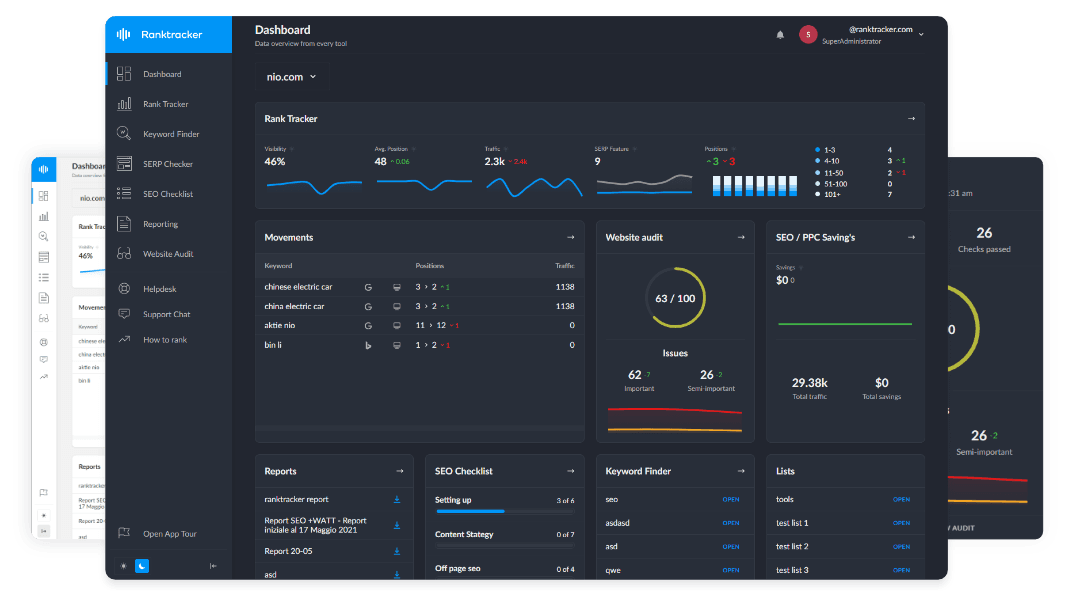Intro
Ambience optimization refers to creating an engaging, user-friendly, and visually appealing website environment that enhances user experience (UX) and search rankings. Google prioritizes sites that deliver a seamless and immersive experience by optimizing design, usability, interactivity, and page performance.
Why Ambience Optimization Matters for SEO:
- Improves dwell time and reduces bounce rates.
- Enhances user satisfaction and search intent fulfillment.
- Increases conversion rates and engagement.
How Google Evaluates Ambience Optimization for Rankings
1. Core Web Vitals & Page Experience Signals
- Google measures page speed, interactivity, and visual stability.
- Example:
- Sites with fast load times and smooth navigation rank higher.
2. Mobile-Friendliness & Responsive Design
- Google prioritizes mobile-optimized websites in search rankings.
- Example:
- Pages must be touch-friendly, responsive, and visually appealing on all devices.
3. Visual & Interactive Elements
- Enhancing user interaction through high-quality media and animations.
- Example:
- Using interactive infographics, videos, and parallax scrolling can improve engagement.
4. Semantic UX & Search Intent Matching
- Websites optimized for semantic search & intent-driven design perform better.
- Example:
- "SEO strategies for eCommerce" should feature dynamic content blocks for easy navigation.
How to Optimize Ambience for SEO
✅ 1. Improve Page Speed & Load Performance
- Compress images and use next-gen formats (WebP, AVIF).
- Implement lazy loading and asynchronous script execution.
✅ 2. Enhance Website Design & Layout
- Use clean, minimalistic, and conversion-optimized designs.
- Ensure consistent branding and typography.
✅ 3. Optimize for Dark Mode & Adaptive Themes
- Allow users to toggle between light and dark themes for better readability.
- Example:
- Implement CSS-based theme-switching for improved UX.
✅ 4. Use AI-Powered Personalization
- Implement recommendation engines and behavioral tracking.
- Example:
- Display dynamic content based on user browsing history.
✅ 5. Leverage Microinteractions & Gamification
- Use hover effects, progress bars, and interactive elements to boost engagement.
- Example:
- Quizzes, polls, and interactive Q&A sections improve retention.
Tools to Track & Improve Ambience Optimization
- Google PageSpeed Insights – Monitor site speed and performance issues.
- Ranktracker’s Web Audit Tool – Identify UX-related SEO improvements.
- Hotjar & Crazy Egg – Analyze heatmaps and user behavior patterns.
Conclusion: Leveraging Ambience Optimization for SEO Success
Ambience optimization improves user experience, engagement, and SEO rankings by creating a visually appealing, interactive, and high-performing website. By focusing on speed, UX design, and personalization, websites can increase search visibility and conversions.
For expert SEO tools, explore Ranktracker’s advanced SEO solutions and optimize your website’s ambience today!

